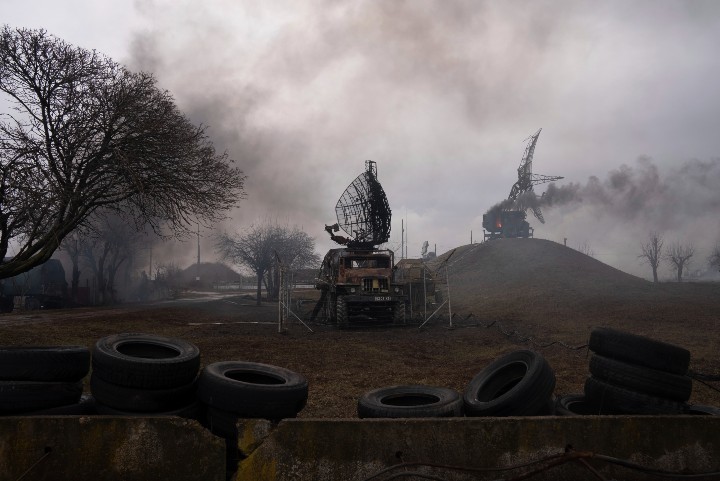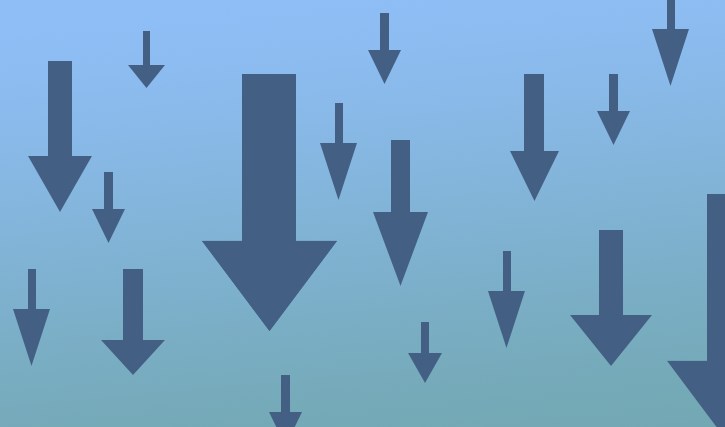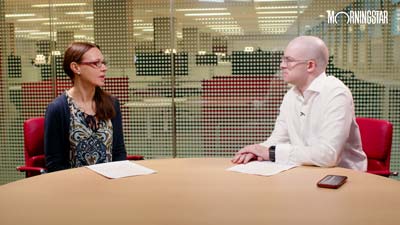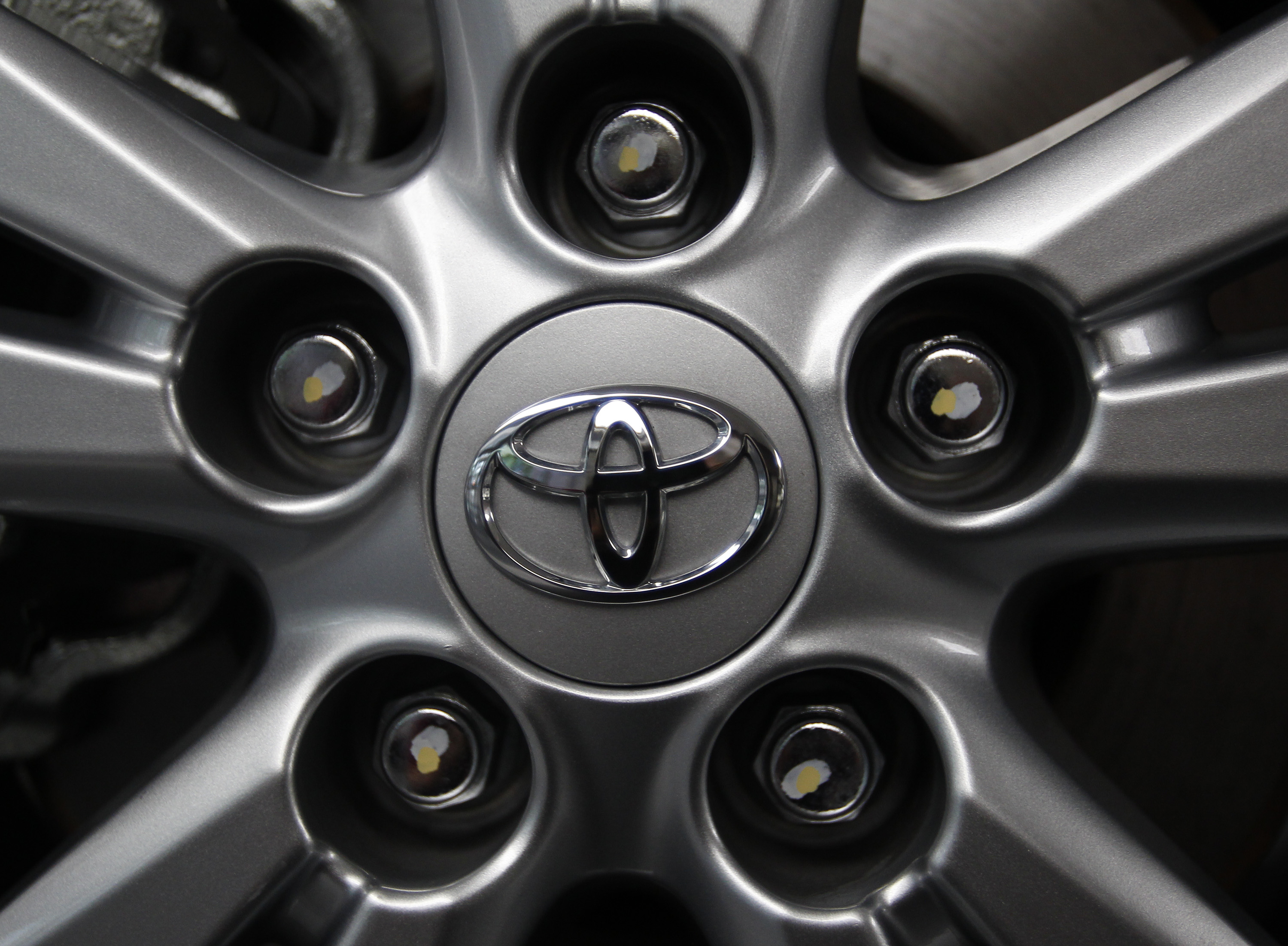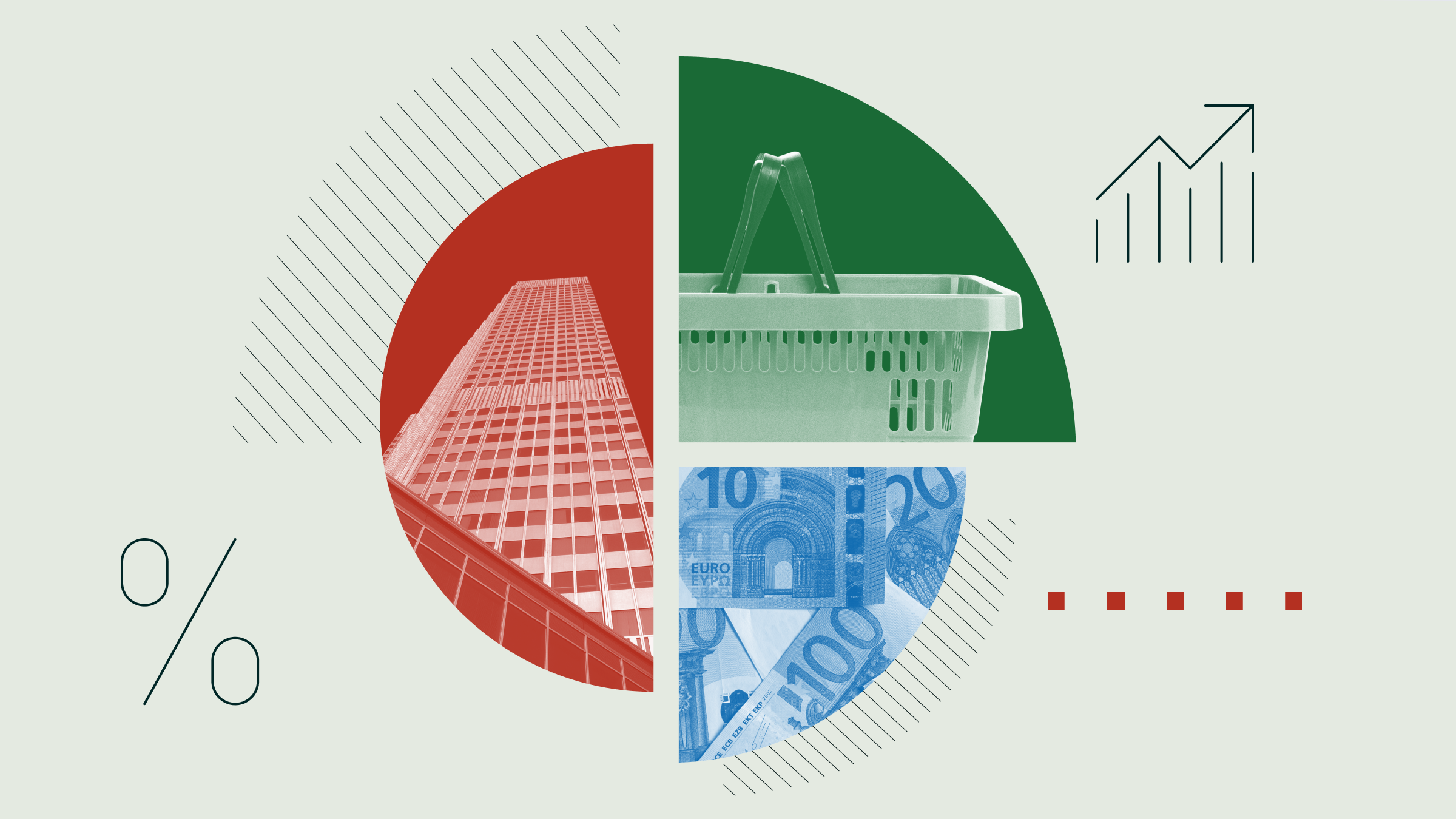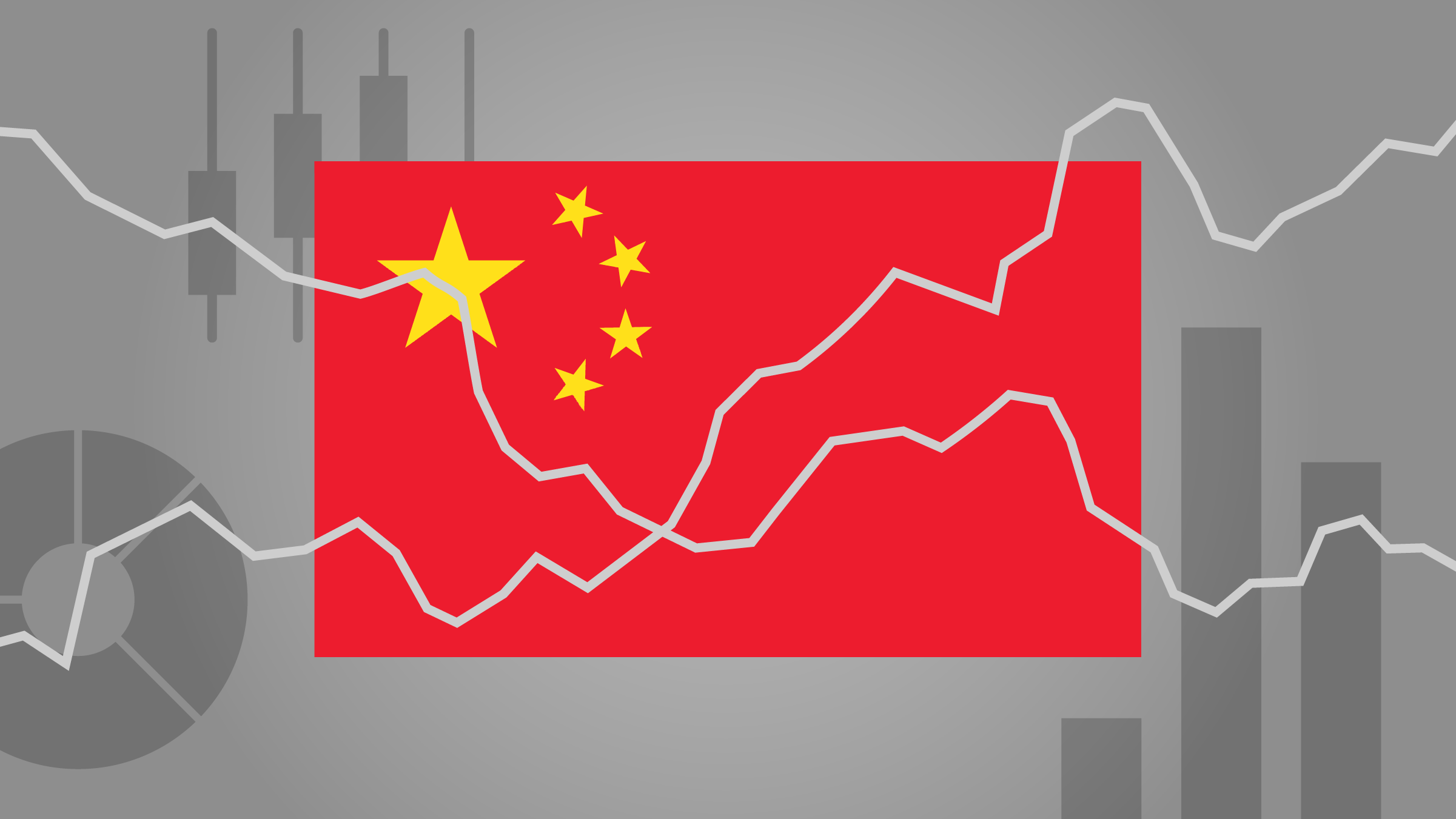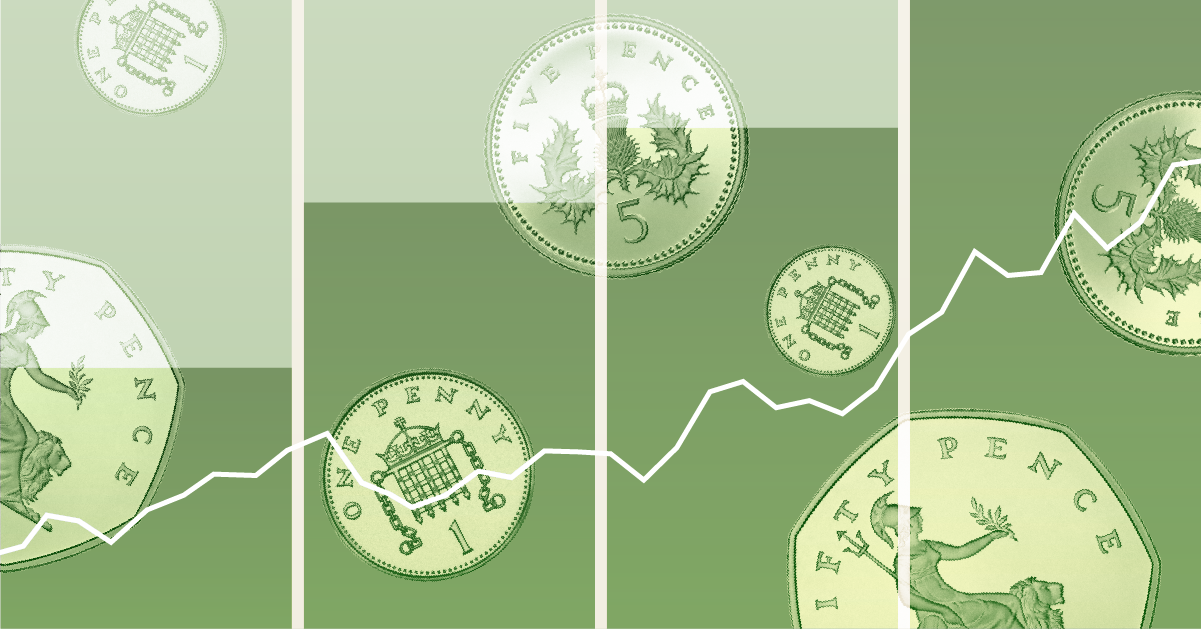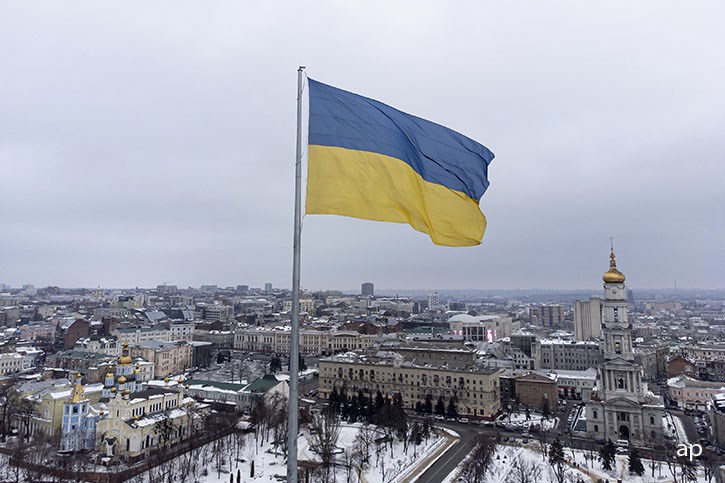
As Russian invaded Ukraine, major stock markets saw heavy losses on Thursday and a number of London-listed stocks with Eastern European exposure stocks fell sharply, too.
For European fund investors, the conflict begs the inevitable question: what’s my exposure to Russia or Ukraine? Russian funds are still niche products and unlikely to make up a large part of any diversified portfolio. If you don’t hold a direct Russian open-ended fund or investment trust, what losses can you expect? Investors will be scrambling to check their fund portfolios for Russian exposure today but the reality is that Russian equities comprise a tiny percentage of European fund assets.
According to Morningstar Direct data as of January 31, 2022, Russian equities make up 0.27% just of long-term European assets in funds and ETFs, or €32.8 billion of the €12 trillion total assets.
Using a screen in Morningstar Direct, we have filtered out the European funds with the biggest exposure to Russian equities in percentage terms.
Emerging market funds are likely to have some exposure to Russia given that the country is part of the MSCI Emerging Markets Index. The largest emerging market index funds such as those sold by iShares and Vanguard weight only around 3% to Russia.
Emerging Europe
What about emerging Europe funds? Because of the size of the Russian economy and its footprint in eastern Europe, the percentage exposure to Russia is higher. The largest weighting we found in absolute terms was Schroder ISF Emerging Europe, which has a fund size of €740 million. It has just under 60% exposure to Russia, with Gazprom, Sberbank and Lukoil as its three largest holdings.
In percentage terms, Invesco Emerging European has the highest exposure, with 73% of the portfolio exposed to Russia. It has a Morningstar Quantitative Rating for funds (MQR) of Neutral and just €17 million in assets. Again, Sberbank, Lukoil and Gazprom make up the biggest holdings.
Templeton Eastern Europe, which has an MQR of Neutral and holds €210 million in assets, is not far behind in terms of percentage exposure to Russia with a 68% weighting. JPMorgan Emerging Europe, which is rated Bronze by Morningstar analysts, has more than 60% exposure to Russian equities.
Russia has been a strong focus for EM income investors in recent years, with cash-rich Russian companies paying generous dividends by European standards. Even dividend-focused ETFs have a relatively light weighting to Russia: iShares Emerging Markets Dividend Focus (DYVE) has 14% exposed to the country.
In addition to long-only funds, there are more than 1,200 funds that have short exposure to Russian equities. Most positions are very small on both a euro and percentage basis.
BRICs Walled Up
When the acronym BRIC was coined in 2001 by Goldman Sachs chief economist Jim O’Neill, it communicated the excitement surrounding emerging markets in the era – BRIC stood for Brazil, Russia, India and China. Since then, Latin American equities and funds have seen massive volatility, India has thrived and China has grown significantly as a proportion of the emerging market universe.
Nevertheless, you can still buy BRIC funds in both active and passive forms. For example iShares BRIC 50 (BRIC) has an 8% exposure to Russia. This ETF has only $180 million of assets (€161 million). It’s also a concentrated fund, focusing on the top 50 BRIC companies. More generally, larger passive BRIC funds have an exposure to Russia of between 20-25%, according to Morningstar Direct data. Generally though, investors have moved on from the BRICs in recent years and are now focusing on ways to play emerging markets from an ESG angle. In terms of acronyms, following the FANGS has been a much more lucrative in the last decade.
The upshot is that European funds' direct exposure to Russian equities is very small. The real impact is being felt as Western European markets price in the uncertainty that Russia’s invasion has brought to investors’ minds.
Table Methodology
We have screened out funds only available for sale in single countries, for example Switzerland, Liechtenstein, Finland and Denmark. Morningstar Analyst Ratings are for individual share classes and may differ. The majority of the funds have a Morningstar Quantitative Rating (MQR).








